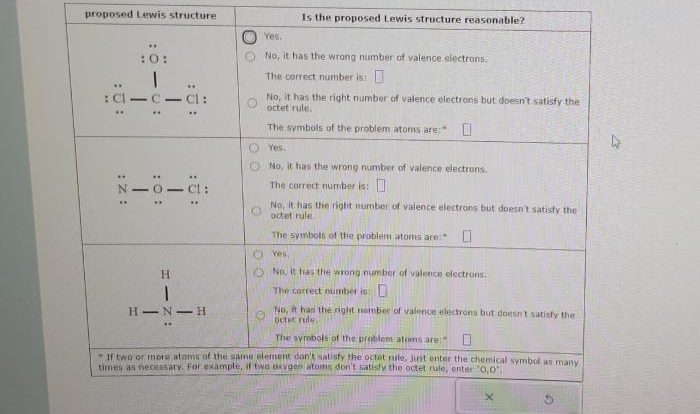Types of chemical reactions matching answer key – Embarking on an exploration of chemical reactions, this guide serves as a comprehensive resource for understanding the diverse types of reactions that shape our world. From combustion to redox reactions, delve into the intricacies of chemical interactions and unlock the secrets of matter transformation.
This guide provides a structured approach to comprehending chemical reactions, offering clear explanations, real-world examples, and a matching answer key to reinforce your understanding. Whether you’re a student seeking mastery or a professional seeking to refresh your knowledge, this guide is your trusted companion in the realm of chemistry.
Types of Chemical Reactions: Types Of Chemical Reactions Matching Answer Key
Chemical reactions involve the rearrangement of atoms and molecules, leading to the formation of new substances. These reactions can be classified into several types based on their characteristics and the changes that occur during the reaction.
Combustion Reactions
Combustion reactions are characterized by the rapid reaction of a substance with oxygen, releasing heat and often light. Examples include the burning of fuels such as wood, gasoline, and methane. These reactions typically involve hydrocarbons reacting with oxygen to form carbon dioxide and water.
Decomposition Reactions
Decomposition reactions involve the breakdown of a compound into simpler substances. These reactions can be initiated by heat, light, or a catalyst. Examples include the decomposition of water into hydrogen and oxygen through electrolysis, or the thermal decomposition of calcium carbonate into calcium oxide and carbon dioxide.
Synthesis Reactions
Synthesis reactions combine two or more substances to form a more complex compound. These reactions are often used to synthesize new materials or compounds. Examples include the reaction of sodium and chlorine to form sodium chloride, or the reaction of hydrogen and nitrogen to form ammonia.
Single-Displacement Reactions
Single-displacement reactions involve the replacement of one element in a compound by another element. These reactions typically occur when a more reactive element replaces a less reactive element in a compound. Examples include the reaction of iron with copper sulfate to form iron sulfate and copper, or the reaction of zinc with hydrochloric acid to form zinc chloride and hydrogen.
Double-Displacement Reactions
Double-displacement reactions involve the exchange of ions between two compounds, resulting in the formation of two new compounds. These reactions typically occur when the cations of one compound exchange places with the cations of another compound. Examples include the reaction of sodium chloride and silver nitrate to form sodium nitrate and silver chloride, or the reaction of potassium hydroxide and sulfuric acid to form potassium sulfate and water.
Redox Reactions
Redox reactions involve the transfer of electrons between atoms or ions, resulting in changes in their oxidation states. These reactions are often used in batteries and other electrochemical devices. Examples include the reaction of zinc and copper sulfate to form zinc sulfate and copper, or the reaction of hydrogen and oxygen to form water.
Acid-Base Reactions
Acid-base reactions involve the transfer of protons between acids and bases. These reactions are often used to neutralize acids or bases, or to create buffers. Examples include the reaction of hydrochloric acid and sodium hydroxide to form sodium chloride and water, or the reaction of acetic acid and sodium bicarbonate to form sodium acetate and carbonic acid.
Precipitation Reactions, Types of chemical reactions matching answer key
Precipitation reactions involve the formation of an insoluble solid when two solutions are mixed. These reactions are often used to separate ions from a solution or to create precipitates for various applications. Examples include the reaction of barium chloride and sodium sulfate to form barium sulfate and sodium chloride, or the reaction of silver nitrate and sodium chloride to form silver chloride and sodium nitrate.
Quick FAQs
What is the difference between combustion and decomposition reactions?
Combustion reactions involve the reaction of a substance with oxygen, releasing energy in the form of heat and light. Decomposition reactions, on the other hand, involve the breakdown of a compound into simpler substances without the involvement of oxygen.
How do redox reactions differ from acid-base reactions?
Redox reactions involve the transfer of electrons between atoms or ions, resulting in changes in oxidation states. Acid-base reactions, on the other hand, involve the transfer of protons between acids and bases, leading to changes in pH.
What factors influence the rate of a chemical reaction?
Several factors can affect the rate of a chemical reaction, including temperature, concentration of reactants, surface area of reactants, presence of a catalyst, and nature of the reactants.
